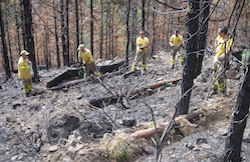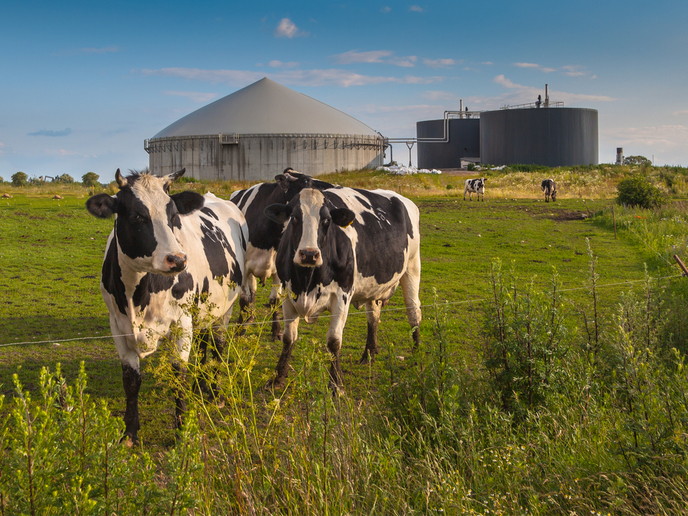Age-old husbandry practices and their effect on domestic animals in Europe
Thousands of years ago, sheep, goats, cattle and pigs were brought to Europe. These domestic breeds had to modify their diet and reproductive behaviour to cope with new climatic and environmental settings. Pastoral communities developed specialised skills to guarantee livestock survival and adapted production strategies to diverse surroundings. The EU-funded SIANHE (Stable isotope investigations on the adaptations of Neolithic husbandry to the diverse climatic and environmental settings of eastern, central and western Europe) project assessed environmental and physiological limitations on the adaptation of stock keeping in Europe. The focus was on various regions in the Caucasus, and central, eastern and western Europe during Neolithic times. To investigate husbandry techniques during that period, project partners examined landscape use, animal diet management, seasonality of birth and duration of lactation. They did this by conducting stable isotope analysis on the bones and teeth of cattle, sheep and pigs. This led to a much greater understanding of their environmental and dietary history. Case studies carried out in Romania among communities during the 6th-5th millennium BCE. show that cattle milk was exploited by all the populations. Pig mortality profiles from these regions demonstrate that animals were slaughtered primarily during their first year of life, including a large amount of suckling pigs. In all cases, no direct relationship was found between animal diet management and plant cultivation. SIANHE contributed to a better understanding of ancient husbandry practices and how these were used to manipulate animals and their direct environment for greater benefit. This will result in better comparison and more effective assessment of contemporary herding systems and processes.







